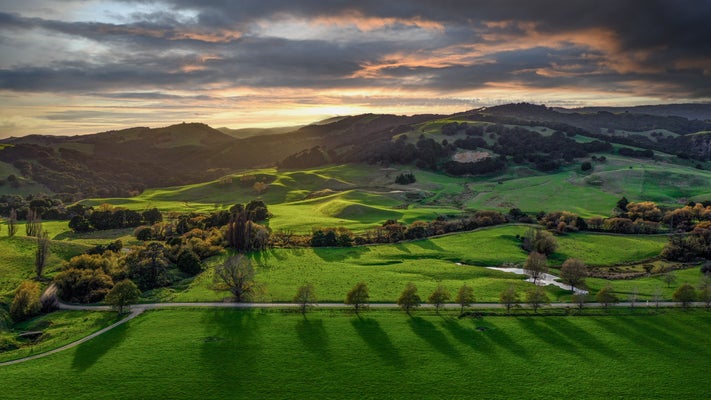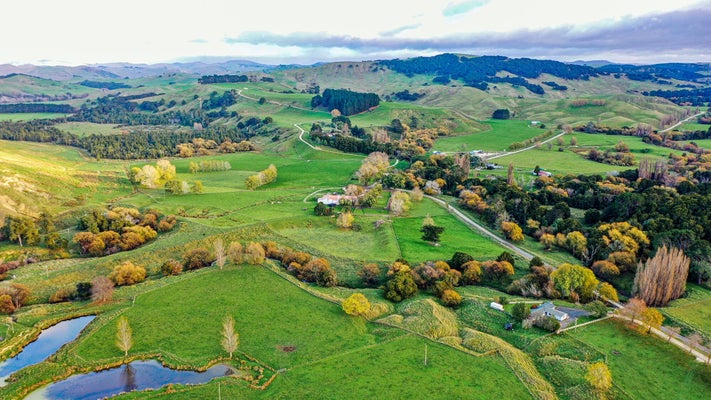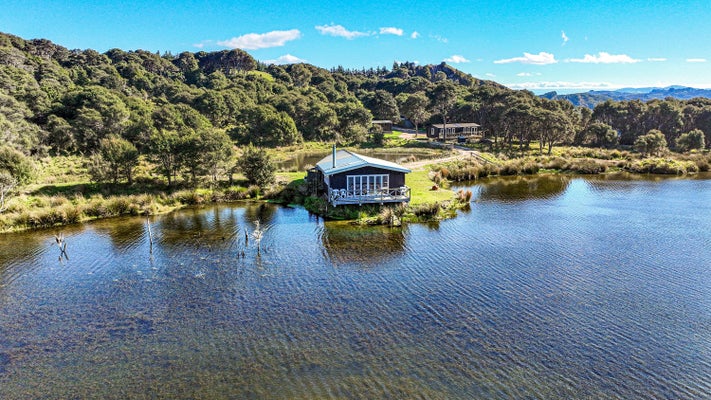Rural -
Historic Ora Station and hunting business for sale

Southern Hawke?s Bay property Ora Station and its successful hunting business is listed for sale for the first time in more than 100 years.
Bayleys Hawke?s Bay rural specialist Tony Rasmussen says Ora Station is a large-scale livestock breeding and finishing property with significant forestry, carbon and honey income.
It is also home to Glenora Hunting Adventures, a burgeoning business which generated income of more than $100,000 last year but has great potential for further growth in the number of visiting trophy deer hunters and duck shooters keen to shoot over a large wetland and dam area from several maimai locations.
There is also massive potential to use the accommodation for glamping and walking with Akitio Beach only 14 kilometres away.
Unless it is sold beforehand, tenders for Ora Station close at 4pm on Thursday 13th November, 2025.
Rasmussen expects wide interest from both national and international buyers seeking to invest in a diverse and successful business with scope for further income growth.
?There?s room to develop more of the easier finishing country for farming deer for venison and velvet, and breeding up trophy stock for the hunting business,? he says.
?It could also appeal to an ex-pat Kiwi returning home and looking for a special place to enjoy hunting and farming life, or maybe there are some Kiwi investors looking for a farm investment that?s performing strongly as a livestock enterprise, with the added appeal of hunting and a duck shooting playground on top.?
The station totals more than 2,491 hectares, comprising a great balance of easy-to-medium hill country, including 395 hectares of easy finishing land ideal for finishing progeny or expanding the deer farming area.
?Ora Station has the best mix of land and soil types within the ?kitio district in my opinion. There?s a magnificent combination of river and valley flats which are highly productive and capable of any cropping or intensive farming systems,? he says.
Hunting clients have the choice of a main lodge with two bedrooms, overlooking a large man-made lake constructed as a duck shoot haven; or three, separate, self-contained cabins offering cosy accommodation, plus an eight-bed bunk room for larger groups.
An area of 114 hectares of M?nuka has generated income of up to $60,000 in its best recent year from a share-farming venture producing high UMF honey from around 160 hives, plus carbon from the sale of credits via the Emissions Trading Scheme (ETS).
Another 30 hectares is in mature Pinus radiata woodlots with scope for another 23 hectares to be added and registered with the ETS. Further income is generated from another 300 hectares which has a carbon forestry lease arrangement in place.
Improvements at the station include a five-bedroom homestead, built in 1977, and used by the current owners, along with a four-bedroom Lockwood home for the station manager, a three-bedroom cookhouse, built in 1974, and nearby single quarters completed in the following year.
Ora Station?s historic eight-stand woolshed and yards and a large set of cattle yards are both centrally located. Other improvements include haybarns, several implement sheds, plus several satellite yards around the property.
A 557-metre, all-weather airstrip has a 200-tonne fertiliser bin, and also provides the option of being used for hunting clients arriving by small aeroplane.
The station has an extensive network of farm tracks; many topped with crushed metal from the station?s own quarries. Access out to the Glenora Hunting Adventures area has been upgraded with side drains and metal to ensure safe travel regardless of the conditions.
There are just under 100 paddocks, mostly with conventional eight-wire post and batten fencing which is well maintained. Some four-wire electric fences have been constructed to subdivide the front, finishing country.
A total of 29 hectares has been fenced with deer netting and there is scope to expand this area in the future.
Water comes from a large storage dam with a diesel pump to push water to several large central storage tanks which then gravity feed to troughs across a large portion of the farm, supported by many dams.
?This is a really special property to own, farm and enjoy with loads of aesthetic appeal and, for those who love an active pastime, hunting, duck shooting, glamping and walking as well,? Rasmussen says.

